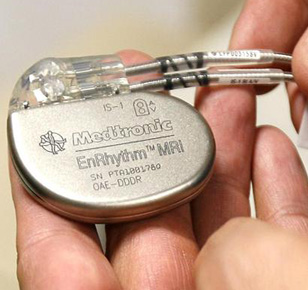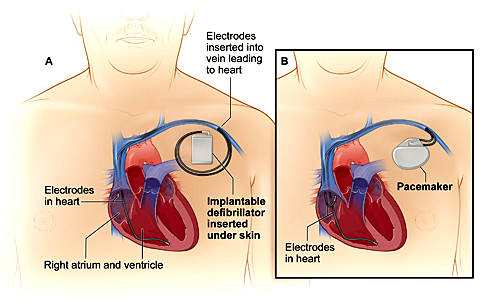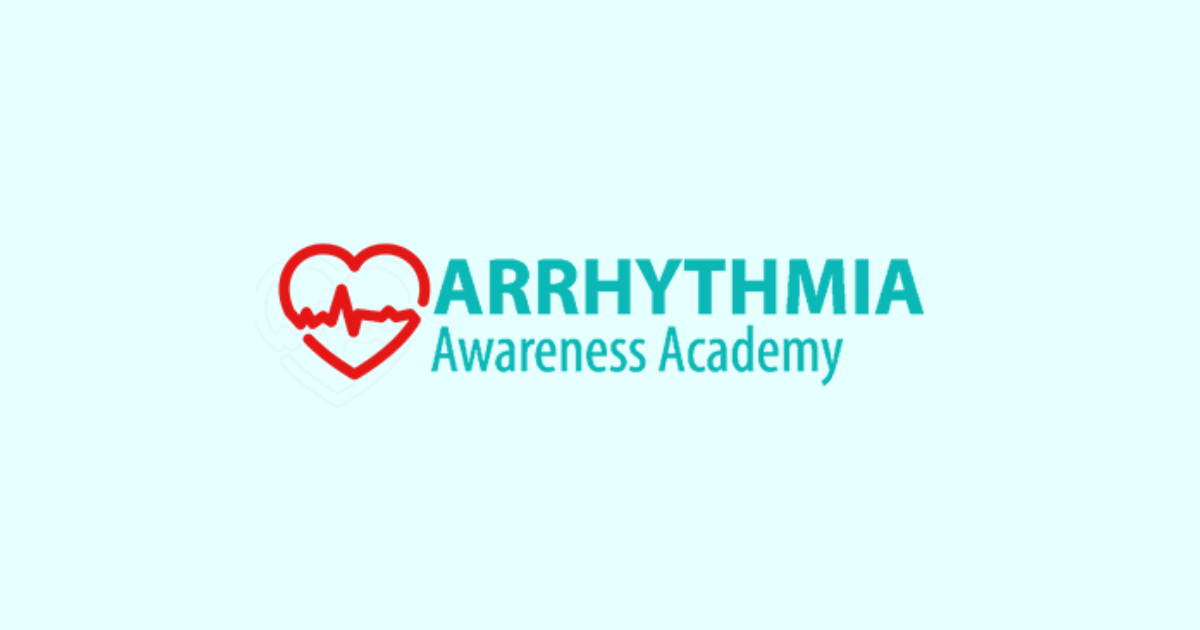Cardiac Resynchronization Therapy (CRT) is used to treat the symptoms and other complications associated with heart failure (HF). HF is a prevalent disease in which the pumping action of the heart is affected because the heart does not contract or relax properly.
CRT is administered using a pacemaker, called a CRT-P, or an implantable cardioverter defibrillator (ICD) with bradycardia pacing capabilities, called a CRT-D. The device is implanted just like a standard pacemaker or ICD, except that a third pacing lead is added to help stimulate the heart’s left lower chamber (left ventricle or LV).
CRT stimulates both of the heart’s lower chambers so that they are more efficient in pumping blood to the body. The stimulation takes place via a pulse generator and pacing leads, which are placed in the right atrium, or right upper chamber of the heart, right ventricle, or right lower chamber of the heart, and coronary sinus branch, a vein behind the heart which paces the left ventricle, or left lower chamber of the heart.
The CRT-D or CRT-P is usually implanted under local anesthesia and conscious sedation. You will be sedated, in“twilight” or “sleeping” state, but most patients are not under general anesthesia during surgery. In a small number of cases, depending on specific medical conditions, the option of general anesthesia may be preferable. The area where the doctors and nurses are working will be draped, so you won’t see anything.
It’s normal to feel apprehensive before any surgery. Remember, though, that you and your physician have decided that this therapy is the best treatment for your particular condition. CRT should make you feel better and improve the quality of your life.
What to Expect Before
The surgery for implanting a CRT device is similar to the implantation of either of a pacemaker or ICD, with the exception of the introduction of a third lead.
As is standard with most surgeries, you will not be able to eat or drink for a short time before the operation. This is primarily because anesthesia will be given prior to surgery. Most CRT device recipients receive conscious sedation, though some may receive general anesthesia.
Usually, CRT devices are implanted just under the skin in the upper chest. This part of your body is shaved (if needed), scrubbed, and painted with a disinfectant to make it as clean as possible.
What to Expect After
After the procedure, you may be taken to a recovery room or a hospital room, or you may stay in the hospital’s intensive-care unit (ICU) or telemetry unit for a day or two so your heart can be carefully monitored. You may feel drowsy and experience some tenderness and soreness at the implant site. If necessary, this can be managed with pain medication.
Depending on your particular case, you may stay in the hospital anywhere from two days to several days. It is important to remember that everyone recovers at a different pace. Before you leave the hospital, the physician may again test the CRT device.
The device may also be programmed to meet your specific needs. This is done with a tabletop computer called a programmer and a programming wand. By holding a programming wand over the implanted device, the device can be adjusted after it is in your body. Changes can be made in the settings of the device and information retrieved from your device in this manner. The programmer is also used during patient follow-up visits.
Recovery
When you return home, you should relax and take it somewhat easy. Know that it is common to tire easily after surgery.
If at any time in the early weeks of your recovery, your incision becomes red, hot, more painful, swollen, or begins draining fluid, notify your physician immediately. These symptoms, including a fever, could signify an infection.
Avoid stretching the left arm (or arm on the same side as the device) above shoulder level, and avoid heaving lifting or stretching for one month after the surgery. Physical activity may be resumed once the incision has healed. It may be beneficial for you to begin taking short walks or to engage in another form of mild activity to get into shape. Your physician will tell you which activities can be resumed and when. It is important for you to follow your physician’s instructions for returning to normal activities and for giving your heart time to heal. He or she is your best source of information during recovery. Feel free to ask questions. Generally, healing is completed in 12 weeks.
Follow-Up
You should make a follow-up appointment with your doctor for 1-2 weeks after surgery. This important appointment allows the doctor to see how well you are healing and how the device is working.
The CRT device stores important information about how the heart is interacting with the implanted system. Only a physician or qualified health care professional can retrieve this information. Your physician will determine how often you need to be followed.
At a follow-up session, a programming wand is placed over your CRT device in order to interrogate it and retrieve stored information. This information tells the physician if the CRT device is working properly and how much energy is left in the battery.
Resuming Physical Activity
After device implant, physical activity can probably be increased over time. It is important for you to build slowly to your normal routines. As you feel more comfortable and confident with your device, However, you may find that you are even more active after receiving the device than before. Some patients who receive a CRT-D may find it difficult to adjust to the device once they get home. This is due to the CRT-D’s ability to defibrillate. If you experience anxiety about your device, talk with family members and your physicians regarding your feelings.
Physical activity, including sex, should not affect therapy. If your CRT-D delivers therapy during physical activity, alert your physician, so he can consider reprogramming your device. In addition, most household appliances if in good condition and properly grounded, can be used safely. Items with strong magnetic fields, however, should be avoided. Learn more about electromagnetic interference.
Follow Your Physician’s Instructions
Remember to always to take your medications as directed and to follow your physician’s instructions. If you have a CRT-D, your physician will advise you as to what to do if you receive a shock. If the physician asks to be called when you receive a shock, his telephone number should be placed in a prominent location with other important information, such as medications you are taking and local telephone numbers of emergency medical personnel.
Family members, friends, and co-workers should be instructed to administer CPR and to call an ambulance if you lose consciousness.
Call your doctor immediately if the pocket for your device becomes painful, swollen or red (whether or not you also have a fever), or if you experience palpitations, dizziness, or fainting.


